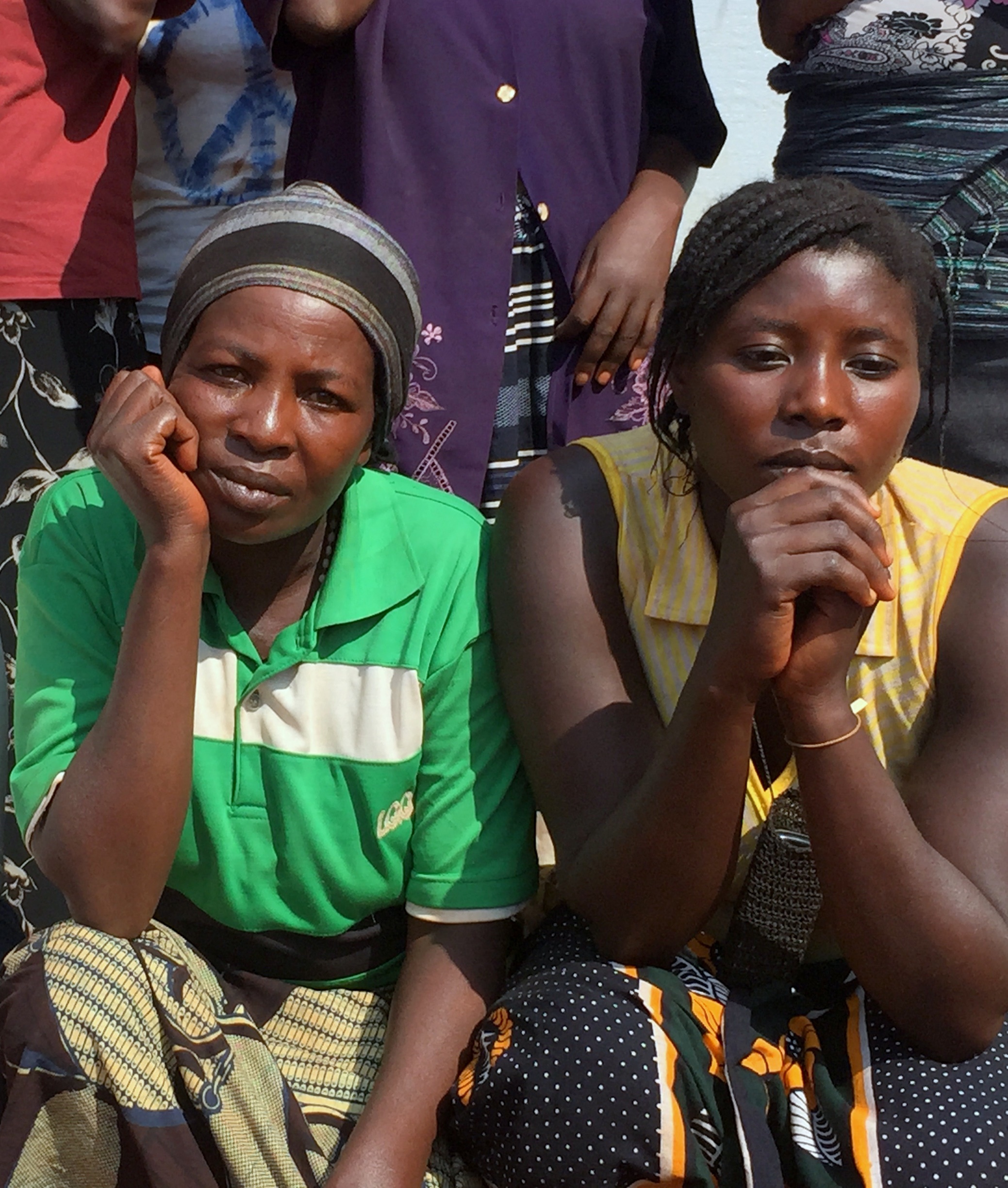Women and Girls Failed: The Burundian Refugee Response in Tanzania

The recent crisis in Burundi has forced the flight of more than 220,000 refugees, of whom half are female. Many experienced gender-based violence (GBV), including sexual violence, during their flight to safety. Nearly 50 percent of Burundian women and girls reporting GBV upon arrival in Tanzania required post-rape care. Yet many refugees in Tanzania say that the threat of violence continues in their country of refuge – in and around the very camps where they should feel safe.
Women and girls are always disproportionately affected in times of conflict, so the prevention of and response to GBV should be central to any humanitarian response. The unhelpful responses of donors and Tanzanian authorities have led to terrible conditions for Burundian refugee women and girls, but the humanitarian community has also failed them. RI found that in too many instances, humanitarians in Tanzania fell unacceptably short of minimum standards, and failed to adhere to guidelines for GBV interventions in humanitarian settings. The Burundian refugee crisis in Tanzania therefore stands as a cautionary tale to donors and humanitarians alike. If they are serious about the Call to Action on Protecting Women and Girls in Emergencies, they must get the basics right.
“GBV prevention and response is a failure in Tanzania.”
U.S. Government official, Washington, DC

Recommendations
The UN Refugee Agency (UNHCR) should:
- Review the existing joint complaints mechanism for the refugee camps in Tanzania, and ensure that it – and its accompanying investigation procedures – comply with best practices and the Guidelines to implement the Minimum Operating Standards for Protection from Sexual Exploitation and Abuse by UN and non-UN Personnel; and
- Hold its implementing partners accountable for complying with SPHERE Handbook standards, the Inter-Agency Standing Committee’s (IASC) Guidelines for Integrating Gender-Based Violence Interventions in Humanitarian Action, and the IASC Gender Handbook in Humanitarian Action
- Review the existing joint complaints mechanism for the refugee camps in Tanzania, and ensure that it – and its accompanying investigation procedures – comply with best practices and the Guidelines to implement the Minimum Operating Standards for Protection from Sexual Exploitation and Abuse by UN and non-UN Personnel; and
In all Tanzanian refugee camps, UNHCR and its implementing partners should:
- Immediately refurbish latrine and shower facilities to have doors that lock from the inside, segregate them according to gender, and install additional facilities according to camp refugee numbers as per SPHERE standards;
- Immediately refurbish latrine and shower facilities to have doors that lock from the inside, segregate them according to gender, and install additional facilities according to camp refugee numbers as per SPHERE standards;
- Prioritize the distribution of core relief items that address the dignity and safety of women and girls, including dignity kits, flashlights, and fuel efficient stoves. The content and type of these items should be identified in consultation with women and girls
- Engage women and girls in consultations to improve safety and security related to camp infrastructure and services. This should include consultations regarding the conditions and locations of camp facilities and the management of food and non-food item distributions;
- Hold working group coordinators accountable for ensuring their strategies and activity plans comply with SPHERE standards, the IASC Guidelines for Integrating Gender-Based Violence Interventions in Humanitarian Action, and the IASC Gender Handbook in Humanitarian Action
- Strengthen the new camps’ protection strategies to incorporate GBV lifesaving interventions.
- Engage women and girls in consultations to improve safety and security related to camp infrastructure and services. This should include consultations regarding the conditions and locations of camp facilities and the management of food and non-food item distributions;
International donors should:
- Increase their contributions to the Burundi Refugee Response Plan;
- Fund specialized, lifesaving interventions that comply with the Minimum Initial Service Package for Reproductive standards; and
- Hold UNHCR Tanzania accountable for integrating protection and GBV throughout all its operations.
- Increase their contributions to the Burundi Refugee Response Plan;
Francisca Vigaud-Walsh and Michael Boyce visited Burundi, Tanzania, and Rwanda in September and October 2015 to assess the protection needs of displaced Burundians.